Eight years after redefining the mobile computing experience with multitouch, Apple is laying the groundwork for yet another revolution with Force Touch and deep investments in biometric authentication technology that could make future iPhones even more secure and easier to use.
On this day in 2007, the world unwittingly witnessed the turn of a technological epoch when the first shipments of iPhones began landing in consumers' hands. They brought with them the then-revolutionary multitouch display and a new interaction model that —  because it's been imitated in everything from television remotes to soda machines — has made swiping and pinching feel as natural as clicking a mouse.
The inexorable march of technology forces every revolutionary idea into ordinariness eventually, and multitouch is no exception. Apple knows this, of course, and has been preparing for its next act with Force Touch and Touch ID.
Force Touch, which first appeared on the Apple Watch, gives user interfaces a new dimension: depth.
Designers have been emulating depth for years in an effort to afford users more navigational context. This is why iOS apps have zoomed in and out since the first generation; it's why iOS 7 brought translucency to Notification Center. Depth gives users a sense of order and helps prevent them from getting lost.
With Force Touch, we can use depth as more than just a visual construct —  we can use it as a method of control.
As AppleInsider first reported in February, the next-generation "iPhone 6s" is expected to be the second of Apple's touchscreen device lineup to get Force Touch. Looking further into the future, iPhones could even lose the home button. These developments are not unrelated.
With Force Touch, the home button can be made redundant. A light press on the display could be a tap, a firmer press might bring up the app switcher, and a hard press could take you home.
This requires us users to be as deft with Force Touch as we are with clicking a button, though, and we aren't there yet — Â but Apple is pushing us in that direction. Encouraging developers to make use of variable-pressure Force Touch gestures on the Mac and the already widespread application of Force Touch on the Apple Watch are moves clearly designed to get us up to speed.
What about Touch ID, though? It's a lynchpin of Apple's current approach to security, and at least for the moment it lives and dies with the home button.
Apple has been trying to solve this problem for a very long time, and there are signs that they may be getting close. Aside from the company's numerous patents on the subject and reports that a new display with integrated fingerprint recognition is on the way, relatively few of AuthenTec's experienced engineers have left after Apple's $356 million buyout. With no more laptop swipe sensors to sell, they must be working on something.
Apple has also been busy stockpiling intellectual property, most recently quietly acquiring dozens of patents from touchscreen authentication firm Privaris.
All together, the iPhone seems rather well positioned to do again in its second eight years what it did in its first: set the benchmark for mobile user experience and give Apple another head start on competition that seems increasingly incapable of independent innovation.
 Sam Oliver
Sam Oliver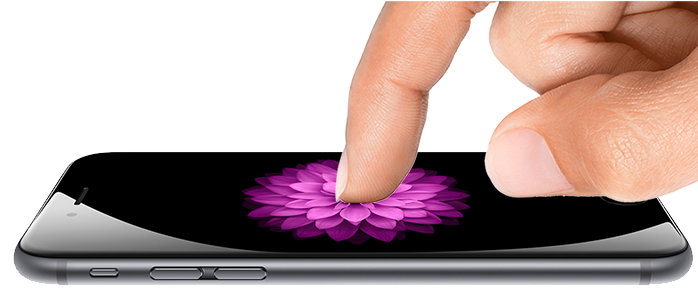
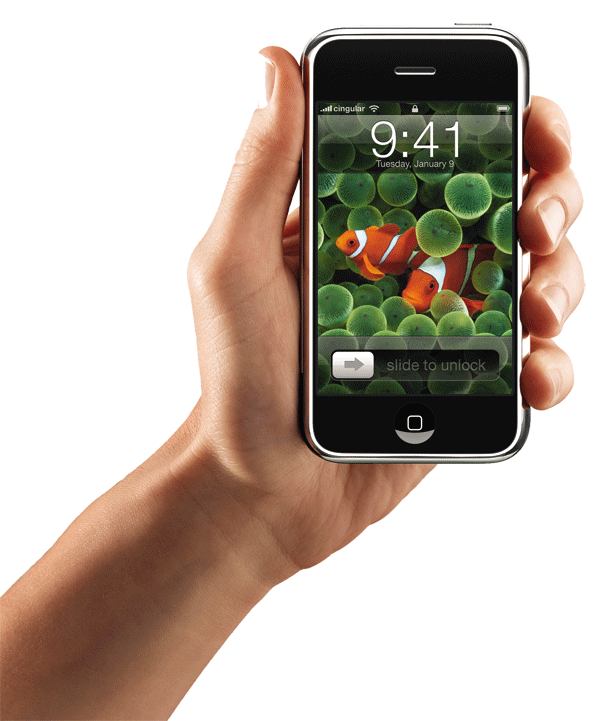
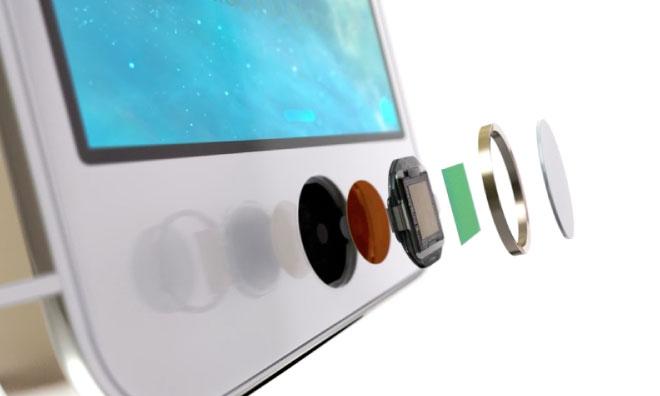

-m.jpg)





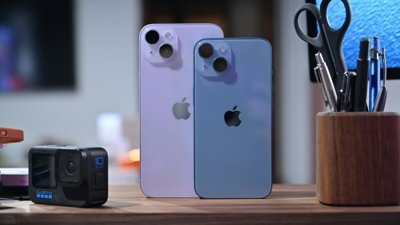
 Malcolm Owen
Malcolm Owen
 Christine McKee
Christine McKee
 Charles Martin
Charles Martin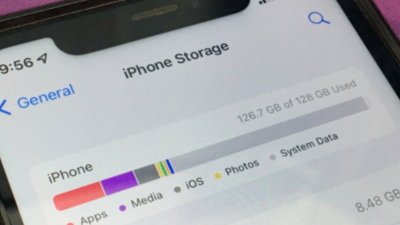

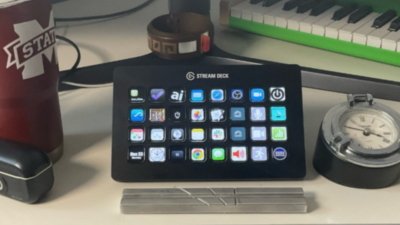
 William Gallagher
William Gallagher
 Amber Neely
Amber Neely
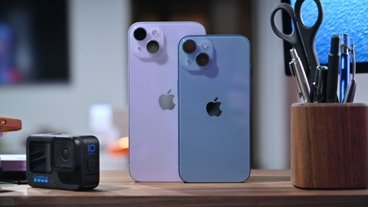

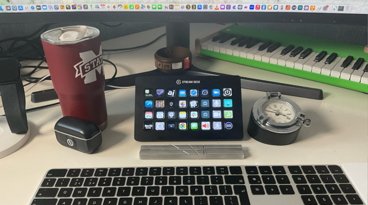







30 Comments
If apple removes the homebutton then the next 8 years would be a steep plumit.
I predict eventually our cellphones will also be our laptops with holographic virtual displays projected from the phone as will be a keyboard. The angle of view of the hologram will be selective to the viewer for privacy sake. So the holograms will have controlled opacity.
Removal of the homebutton could be a great technological innovation that will propel Apple.
Removal of the homebutton could be a great technological innovation that will propel Apple.
Not quite sure why removal of home button is always seen as a good thing. Whatever menus appear on the screen, a separate home button can always be relied upon to be consistent.
I would like to see force touch added though (on the screen) I like it on my macbook 12 inch, with the only complaint is thats its under utilized at this point
Well I will not enable Touch ID. If you do not knowwhy read the legal interpretation of search and warrant. That convenience cost you privacy and allows for search without warrant. Ask lawyers.